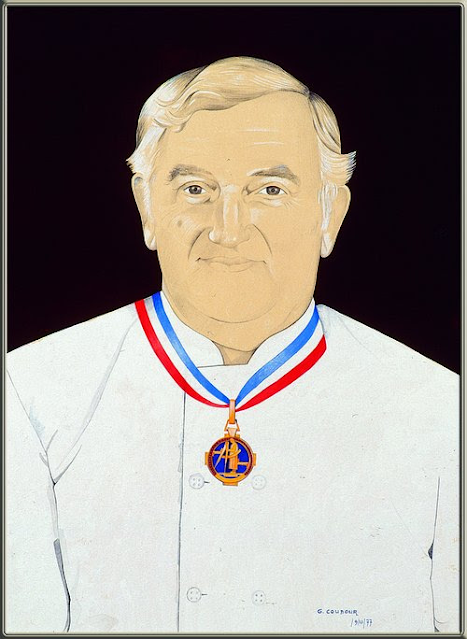At the table in the Champagne Region
I am still glowing from our recent trip to France. We flew to Marseille, then boarded AmaWaterway's AmaCello for a 7-day river cruise on the Rhone and Saône Rivers, then went to Lyon, Reims, and Paris before returning home.
This was our first overseas trip in more than 2 years and honestly, it was easier than I had anticipated. Things are still in a state of flux, with countries in the EU changing their entry requirements almost day by day. I'm hopeful that things will continue to get easier.
While in France I realized that I needed to be more familiar with the various types of eating establishments and I did a bit of research. It seems we ate in nearly every type of eatery - I hope you enjoy this little research project. And when you're ready to plan your own culinary journey to France, please let me know - I'd love to help you!
PS - if you like this blog and would like to hear from me from time to time, please register HERE for my e-zine - and receive periodic articles delivered straight to your email inbox.
Boulangerie, Bistro or Brasserie?
France is arguably the foodie capital of the world. Food is revered and many cooking styles and techniques originated here. While food is greatly appreciated, it's also takem very seriously - here's a list of the various types of eateries found in France - and where possible, I've shared a representative photo from our recent travels.
CAFÉ - Cafés are typically neighborhood spots serving hot drinks - coffees, tea, chocolate chaud (hot chocolate), and alcoholic beverages. They offer light fare - sandwiches, salads, and so forth. They are typically open from morning until evening without closing mid-day. It's fine to come in and just have a drink - although you may be directed to a specific table or bar. This was L'Opera Café in Avignon; we ducked in here seeking shelter from the very chilly Provençal wind. (And I learned that in France Tulip-shaped glasses are preferred for serving sparkling wine - the shape of the glass enhances the bubbles and the aroma.)
 BISTROT - A casual setting with reasonably priced, relatively simple food. Typically smaller and more informal than other restaurants. Bistrot are usually open for lunch and dinner, closed in between. They frequently have wicker chairs on the sidewalks in front of the restaurant, facing the street. Menu choices may be focused on seasonal ingredients and may also feature fusion with Asian or Middle Eastern cuisines. This was taken at the outdoor oyster (Huitre) shucking station at Les Antiquaires in Paris.
BISTROT - A casual setting with reasonably priced, relatively simple food. Typically smaller and more informal than other restaurants. Bistrot are usually open for lunch and dinner, closed in between. They frequently have wicker chairs on the sidewalks in front of the restaurant, facing the street. Menu choices may be focused on seasonal ingredients and may also feature fusion with Asian or Middle Eastern cuisines. This was taken at the outdoor oyster (Huitre) shucking station at Les Antiquaires in Paris.There are several additional types of eateries in France, including:
- BOUILLON - traditional restaurants that cater to laborers and offer good food and great value
- BAR A VIN (Wine Bar) - typically offering a very simple menu, for example, bread, cheese, and charcuterie.
- TRAITEUR - originally "traiteur' was the nickname for the Guild of Cooks and Caterers who, over time, claimed exclusive rights to prepare dishes that were more sophisticated. Today the term broadly refers to caterers, but it also refers to a food shop selling prepared food for carryout or take away.
- BOULANGERIE - is a French Bakery, distinct from a pastry shop. While pastries may be available, their primary product is bread which must be baked on the premises.
- PÂTISSERIE refers both to French Pastry and the shop in which pastries are sold. To be a Pâtisserie in France, the pastries must be made by a licensed Mâitre Pâtissier (a master pastry chef.)
- VIENNOISERIE refers to flaky pastries typically consumed at breakfast and baked in the style of Vienna, Austria. Brioche and croissants are both categorized as Viennoiserie.














































